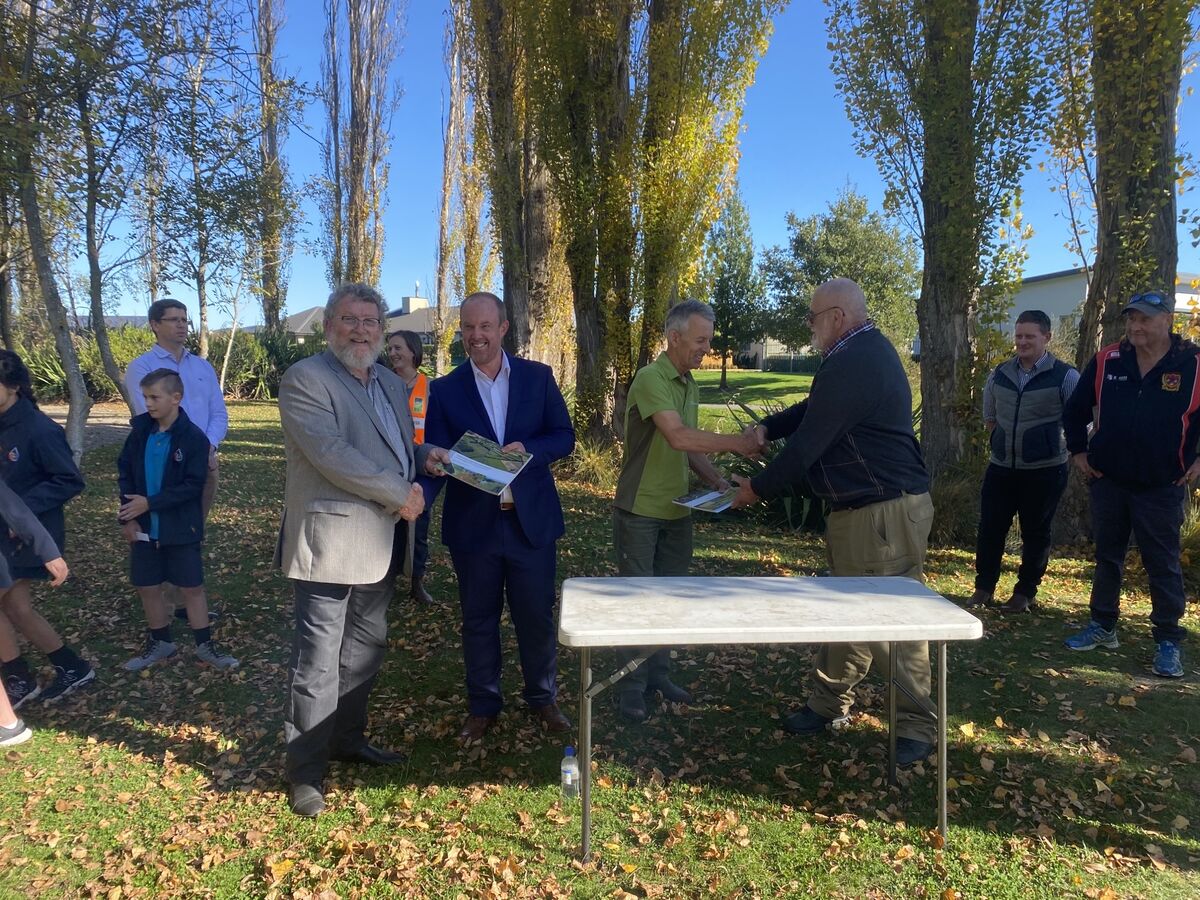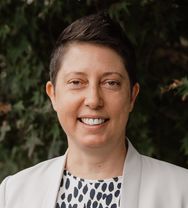
Plan to enhance the ecological and cultural health of the Ararira catchment drainage network reaches important milestone
Media release June 6, 2023
On 28 April, Living Water, a partnership between the Department of Conservation (DOC) and Fonterra, presented Selwyn District Council with a Catchment Management Plan and Implementation Guide to reimagine the management of the drainage network in the Ararira/LII River catchment, a significant tributary of Te Waihora.
The handover of documents is the culmination of over two years of work by Living Water and a co-design team involving representatives from Te Taumutu Rūnanga, Selwyn District Council, Fonterra, Department of Conservation, Environment Canterbury, and the LII Drainage Committee, supported by consultants Aqualinc, EOS Ecology and Cawthron Institute.
Living Water selected the Ararira/LII catchment in lowland Canterbury as one of its five sites in Aotearoa/New Zealand to trial tools, methods and approaches to enable farming, freshwater and healthy ecosystems to thrive side-by-side. The Ararira was chosen due to its importance to the health of Te Waihora / Lake Ellesmere and Māori cultural practices. The Ararira was once a rich source of mahinga kai for Ngāi Tahu.
In the 1800’s European settlers in the Ararira/LII catchment dug a network of channels to drain extensive harakeke-flax/raupo wetlands surrounding Te Waihora to use the land for farming and settlement. Since then, these spring-fed drains have been managed primarily for land drainage. Yet these drains are part of a wider network of waterways that discharge to sensitive receiving environments like Te Waihora. They often provide the only remaining habitat for freshwater species in modified lowland areas.
Standard maintenance practices to remove sediment and aquatic weeds using diggers also damages habitat of aquatic plants and animals, especially native fish, and contributes significant amounts of sediment and nutrients to receiving water bodies.
Sarah Yarrow, Living Water National Manager, says managing these drainage networks in a way that supports ecological and cultural values, while also providing land drainage, will require a significant shift in mindset and functional design of these systems and their maintenance.
Yarrows says the Catchment Management Plan includes a suite of catchment-scale and 'toolbox' solutions designed to improve the network of ephemeral, intermittent and perennial waterways in the Ararira/LII catchment. The Implementation Guide provides guidance on the tasks and activities required to achieve the vision for improving waterway health.
The Catchment Management Plan and Implementation Guide will enable Selwyn District Council to be "plan ready" to improve the health and mauri of Te Waihora and the Ararira/LII catchment. Yarrow says these plans could be applied to other drainage districts within the Te Waihora catchment and similar lowland regions across New Zealand.
‘We’ve demonstrated the benefits of co-designing a process to reimagine waterway management and the efficiencies of working at a catchment scale’, says Yarrow. ‘We know that managing for ecological and cultural benefits can co-exist with maintaining drainage. Building on this mahi, we now want to see if we can cost lowland waterway redesign and management for all of New Zealand. We’ll start by estimating the total cost and benefits of catchment-scale restoration using the Ararira/LII catchment. This work is due to be completed by December 2023, when we’ll share our findings.’
